Artisan Pickling for the Gourmet Home Kitchen
Let’s talk about why pickling is awesome as a culinary pursuit and how it can make you a gourmet home chef. As a special gift, I’ll also share two of my best pickling recipes to get you excited to try pickling on your own. Even if you’ve previously said you don’t like pickles, give these recipes a chance and you’ll be amazed at how good pickled foods can be.
By the way, if this article excites you to try pickling, send it to a pickle hater. Maybe you’ll change their mind.
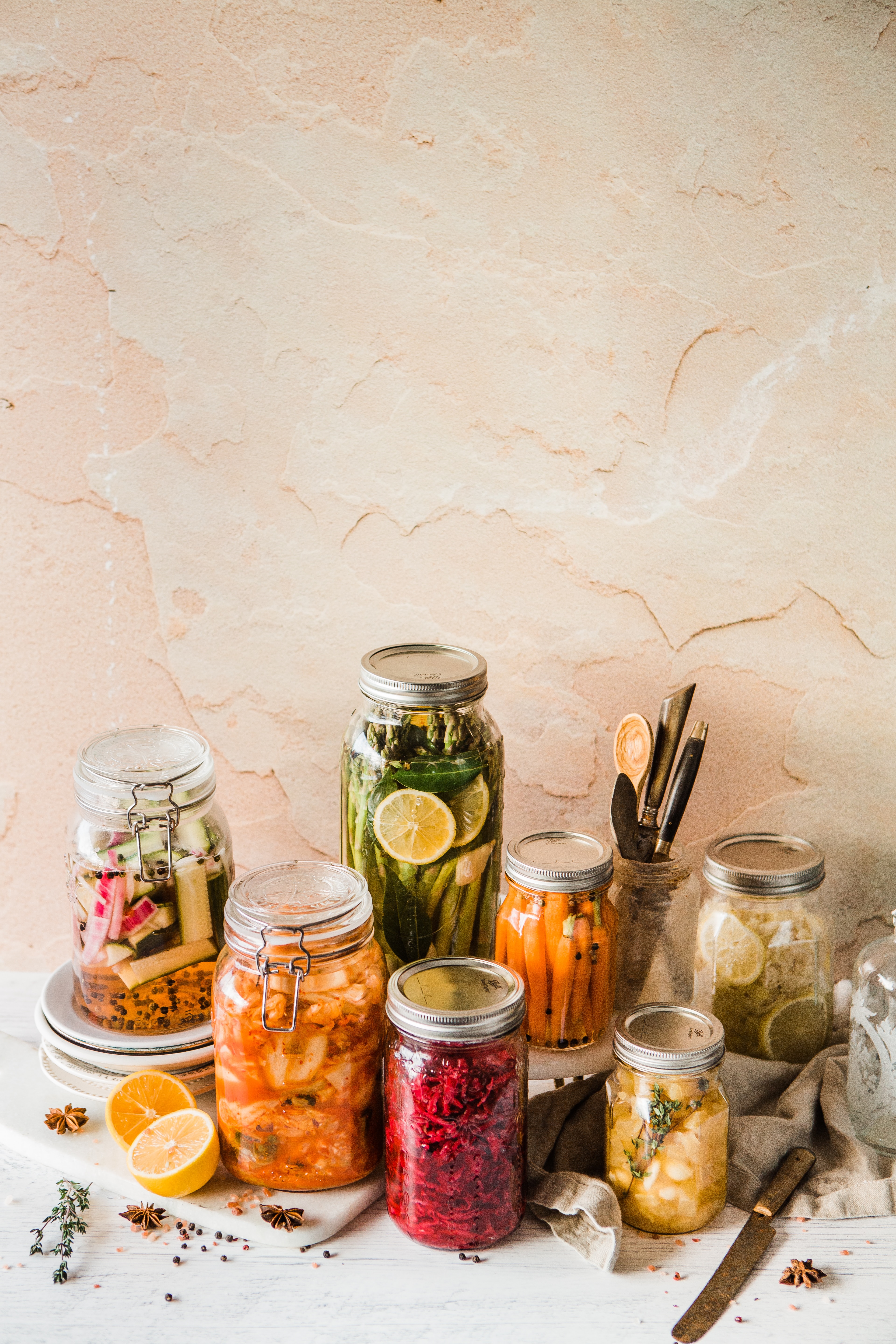
What is Pickling?
Pickling is a form of food preservation where you store food in a vinegar-based brine. The brine prevents the growth of harmful bacteria, rendering the food safe for extended periods. This is different from fermentation, which involves a salt-based brine.Pickling involves distinct (and delicious) chemistry that radically changes your food. It’s a great way to add contrast and lightness to your meal and to make visually striking garnishes. It also comes with its own health benefits.
If you’ve read my article on fermentation, then you’re already aware of some of this.
Pickled Foods are a Secret Weapon of Professional Chefs
This is a cooking newsletter, not a health newsletter, so let’s address the best reason to pickle: homemade pickles are delicious. If you’ve made a good dish, but it seems to be missing “something,” chances are you’re missing some sort of acid. Acid (like vinegary pickles) is a basic element of good cooking. Acid adds necessary contrast to food, preventing it from cloying your palate. It also compliments and enhances the other flavors within a dish, making the whole plate come to life. And that just scratches the surface; acid tenderizes meats, crisps some vegetables, emulsifies dressings, deglazes sauces, and much more. I’ll have to write a whole article on the power of acid someday, but for now, just know that acid is fundamental to setting your kitchen apart as the place to throw a delicious Halloween party. And what are pickles if not delicious morsels of acidy goodness?
Pickled Foods Are (or Can Be) Super Healthy
Some store-bought pickles are high in sodium and sugar. However, properly made pickles pack some incredible benefits. Pickled foods are often suggested for managing weight, improving gut health, and treating irritable bowel syndrome (IBS). Health benefits include:
- Probiotics: Pickled foods are rich in beneficial probiotic bacteria that promote a healthy gut microbiome. This improves digestion and nutrient absorption.
- Nutrient Preservation: Pickling retains (and in some cases, enhances) the nutrients in pickled foods.
- Low in Calories; High in Water: Pickled foods are generally low in calories. Despite that, they are satiating foods because of their high water content. They satisfy your appetite faster and with fewer calories, making them suitable for weight management.
- Antioxidants: Some pickled foods contain antioxidants that combat free radicals and reduce oxidative stress.
- Blood Sugar Control: Results aren’t conclusive yet, but researchers believe the vinegar in pickles may improve insulin sensitivity and regulate blood sugar.
- Hydration: Pickled foods don’t just have high water content; they also contain electrolytes that aid in hydration, and they help you to more gradually hydrate yourself, which is shown to have better liquid absorption by your body instead of just being passed straight through you.
With all that being said, I am not a doctor, and this is not medical advice. Pickles don’t cure sweaty-feet syndrome. Do not put your pickling brine in a syringe and inject it when you have the flu. If you start drinking pickle juice every night, don’t tell me about it. And remember the specific health benefits of pickled foods can vary depending on the ingredients and preparation methods used.
Pickled Foods are Great for Stockpiling (aka Instant Access to Great Food)
This goes without saying and doesn’t need much explanation, but pickled foods store well for up to two years. However, think of it this way: they’re delicious, healthy, and affordable food, and they don’t take a bunch of fuss after you’ve prepared them. So food storage? Yeah, sure. But I think of them more in terms of how they’re so simple to keep in my fridge or pantry, but they liven up my meals so quickly! A basic concept of restaurant cooking is to prepare food ahead of time so the kitchen is ready to go when it’s time to cook. Pickled foods line up neatly with this concept.
Pickled Foods are Gorgeous
Have you ever heard that people eat with their eyes? It’s true. We like to assess whether our food is clean and unspoiled before digging in. A good cook knows how to capitalize on this instinct and make food that doesn’t just look safe, but delicious.
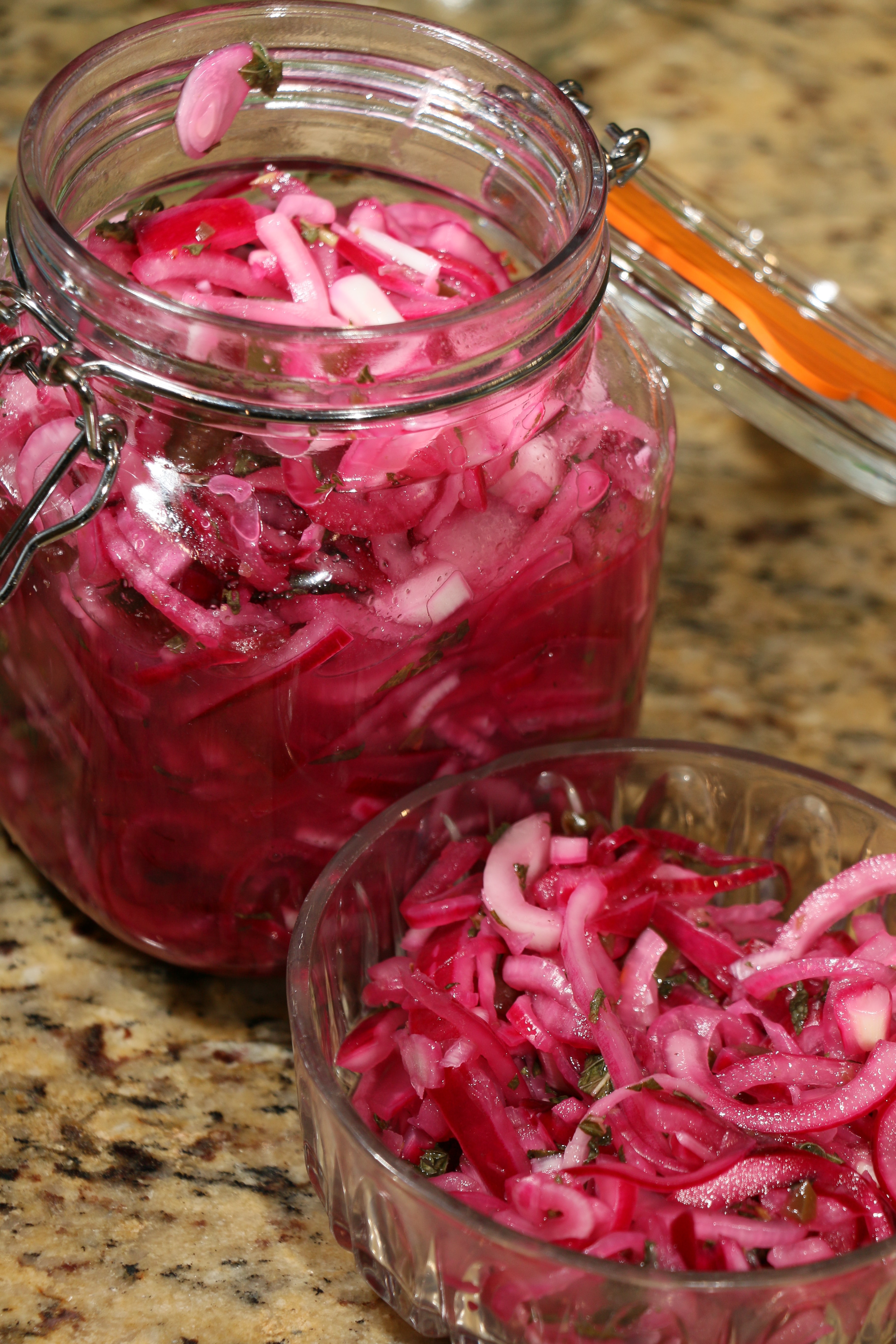
Acid is a catalyst for preserving (and even intensifying) some colors, while it diminishes other colors. In general, white, green, and lightly colored vegetables tend to become translucent or fade into a ruddy color. Everyone is accustomed to this if they grew up with cucumber pickles. However, red, purple, and bright pink and orange colors benefit from acid and really pop. This makes your dishes visually striking and adds a pretty big wow factor on top of the awesome flavor.
How to Add Pickles to a Meal
Some dishes involve cooking pickles, but this isn’t common (at least not in the U.S.). Most often, pickles act as a side dish or garnish to accent and provide contrast to your meal. From a fat butter pickle to crunch beside your sandwich, to thin slices of pickled jalapeno to mix in with your guacamole, the options are endless. Get creative with it! Here are a few ideas to get you started:- Pickle red onions for tacos and hot sandwiches.
- Pickle carrots and asparagus as a side dish to roast beef or steak.
- Make a classic dill pickle for your Chicago-style hotdog before covering it in Matthew’s everything sauce.
By now you’re probably interested in experimenting with pickles, but you may not be sure how to get started. I’ve gathered a handful of tips from experts to make your own pickles. The best part is you don’t even need a recipe to get started (though having one sure doesn’t hurt).
Principles for Making Delicious Pickles
Match Vinegar to the Flavor Profile: I generally recommend white wine vinegar or rice vinegar when you’re starting out because that’s what most other pickled foods are made with. However, there’s no law against experimenting. Do you want a sharp, but mostly neutral flavor? Try white wine vinegar. What about something gentler? Try rice vinegar. Try sherry vinegar if you want something truly exotic, lime juice for a very quick pickle that you want to finish fast, or red wine vinegar for a Mediterranean vibe. Now that we’re rolling into autumn, some apple cider vinegar would be a natural addition to cucumber, carrot, or white onion pickles.I like to mix 2/3 white wine vinegar to 1/3 apple cider vinegar for pickling orange carrots and garlic. I’m also a huge fan of thinly slicing radishes and pickling them with lime juice whenever I make Mexican food.
Balance Sweetness and Sourness: The primary ingredient of a pickling brine is vinegar, but you can mix in salt, sugar, and other additives as you see fit. Some pickles benefit from a little sugar, especially if you’re using a strong vinegar. I like to mix in a couple teaspoons of table sugar whenever I pickle red onions. Those two teaspoons dissolve throughout the vinegar solution, so it’s not much sugar per serving. However, the sugar balances the sharp bite of vinegar and pungency of the onion, reducing the pickle to something more floral.
I’m also a fan of pickling baby cucumbers with a brine so sugary that it’s almost a syrup. This is certainly an indulgence, so it should be enjoyed in moderation, but have you ever tried mincing a sweet pickle and mixing it with tuna salad? Try it. It’ll change your life.
Experiment with Aromatics: You can make an herbal infusion out of your pickle brine, which adds herby, citrusy, or floral notes to your pickles. Dill pickles are famous for the inclusion of plenty of dill to the brine. Some of my favorite pickles include tons of garlic and grape leaves with the brine. But for yourself? Consider mixing in a whole black pepper kernels and bay leaf, or some mint, the next time you pickle cucumber.

Carrots in particular act like a flavor sponge when pickled. They also bleed colors really well, which dyes the other foods in the pickling brine. Try pickling carrots together with garlic, bay leaf, and asparagus for an incredible snack. Just be ready to wash your hands after eating them because that garlic smell will linger.
Consider Texture and Size: When I lived in Chile, I learned to take a baby onion, cut it in quarters, and pickle it in white wine vinegar (this is called cebolla en escabeche). I personally adored these things, which were an explosion of acidity. However, most of my friends hated them. However, they changed their minds when we all came home and I started making cebolla en escabeche by thinly slicing the onions instead of just cutting them into quarters. Suddenly, the pickled onions were a thin, crunchy garnish that went incredibly well with smoked pork, and my friends were asking me for the recipe (hint, it’s only two to three ingredients, and it takes five minutes or less to prepare).
For yourself, have fun experimenting with different knife techniques. Julienned carrots will be very different from carrot spears, but they can both be equally delicious in different scenarios.
Just keep in mind that the more thinly you cut something, the more quickly it will pickle. So if you’re making a last-minute pickle for your party, I suggest cutting things nice and thin. For example, take this onion, which I sliced really thin. The first picture was immediately after immersing it in brine; the second picture was after waiting an hour.
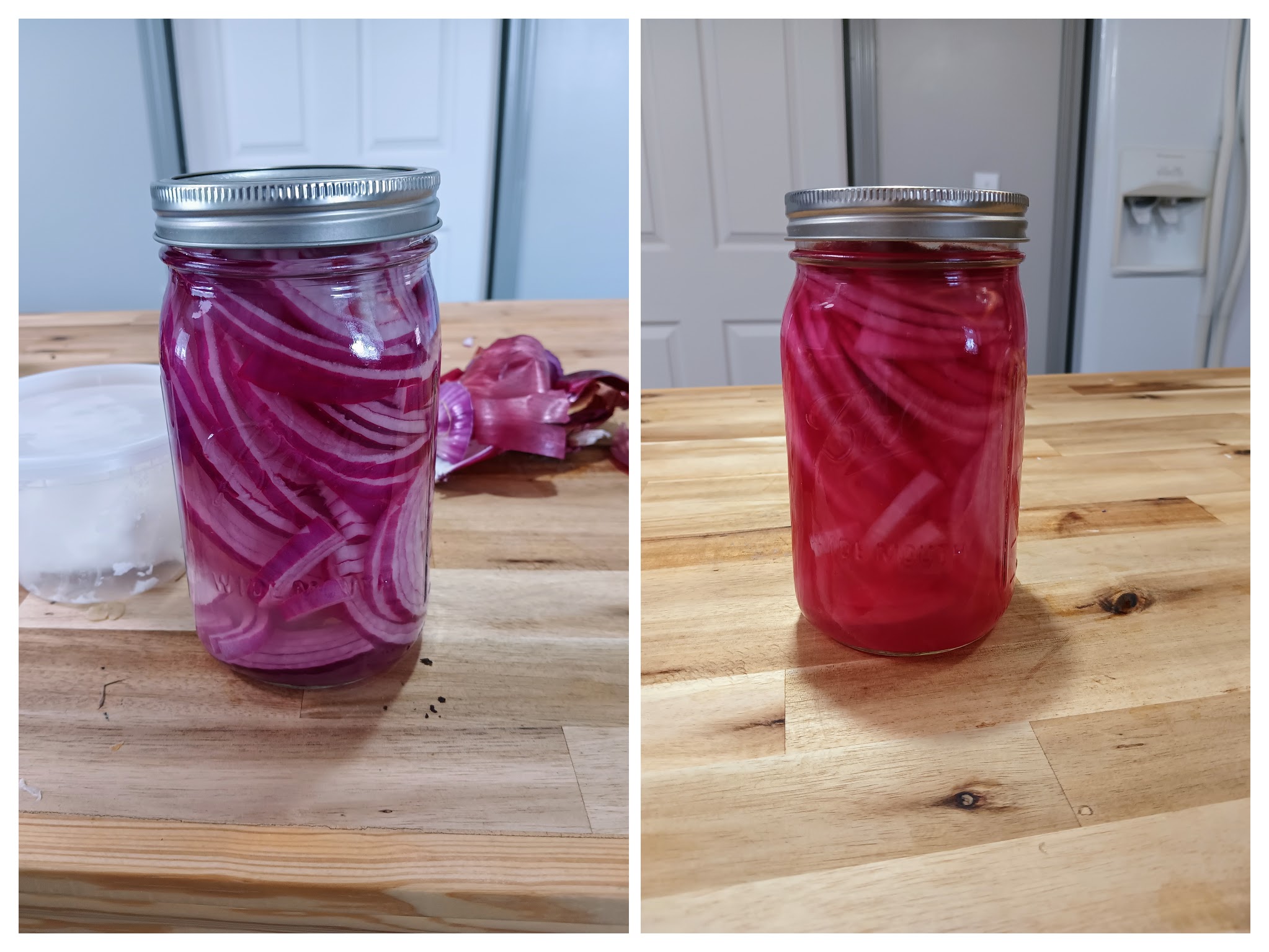
Play with Color: Like I said before, some pickled foods are beautiful. Look for brightly colored foods, like red, orange and yellow bell peppers, bright red radishes, orange or purple carrots, and red onions. Acid preserves colors like these, and it makes your foods look unique and delicious. Just keep in mind that white, beige or green colors are diminished by acid and turn translucent or ruddy green-brown.
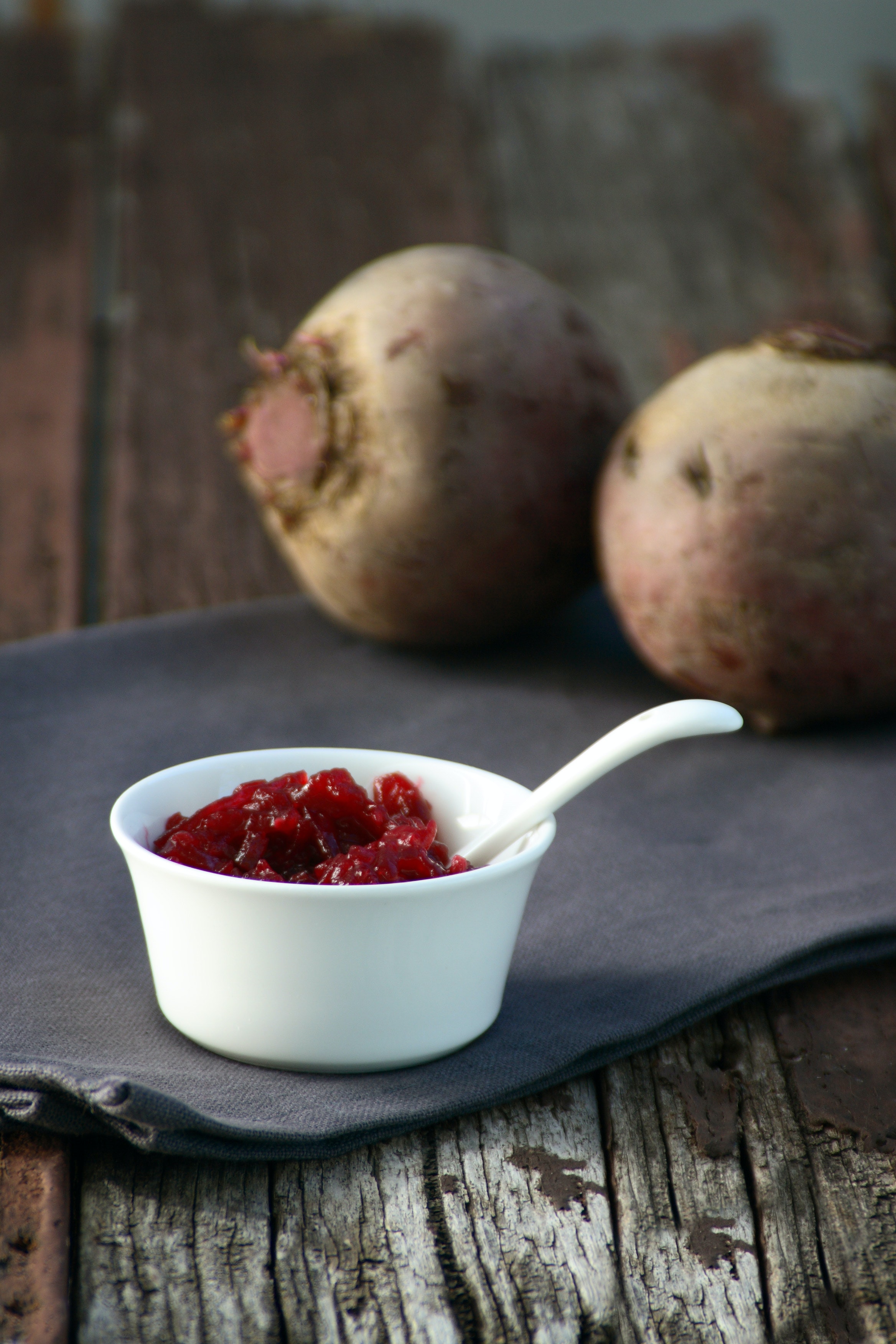
Control Salt and Sugar Levels: One of the best parts about pickled foods is they’re delicious and healthy. Don’t ruin this for yourself. A good rule of thumb is to start with small amounts of salt or sugar, taste the pickle as it matures, and add more as needed.
Document Your Creations: My family will tell you how much I love bragging about the food I make. Own your creations! Take pride in the pickle! Write recipes in the Cook’n app that you can share with friends. This is also smart because it’ll help you keep a record of what went right or wrong in your pickling experiments.
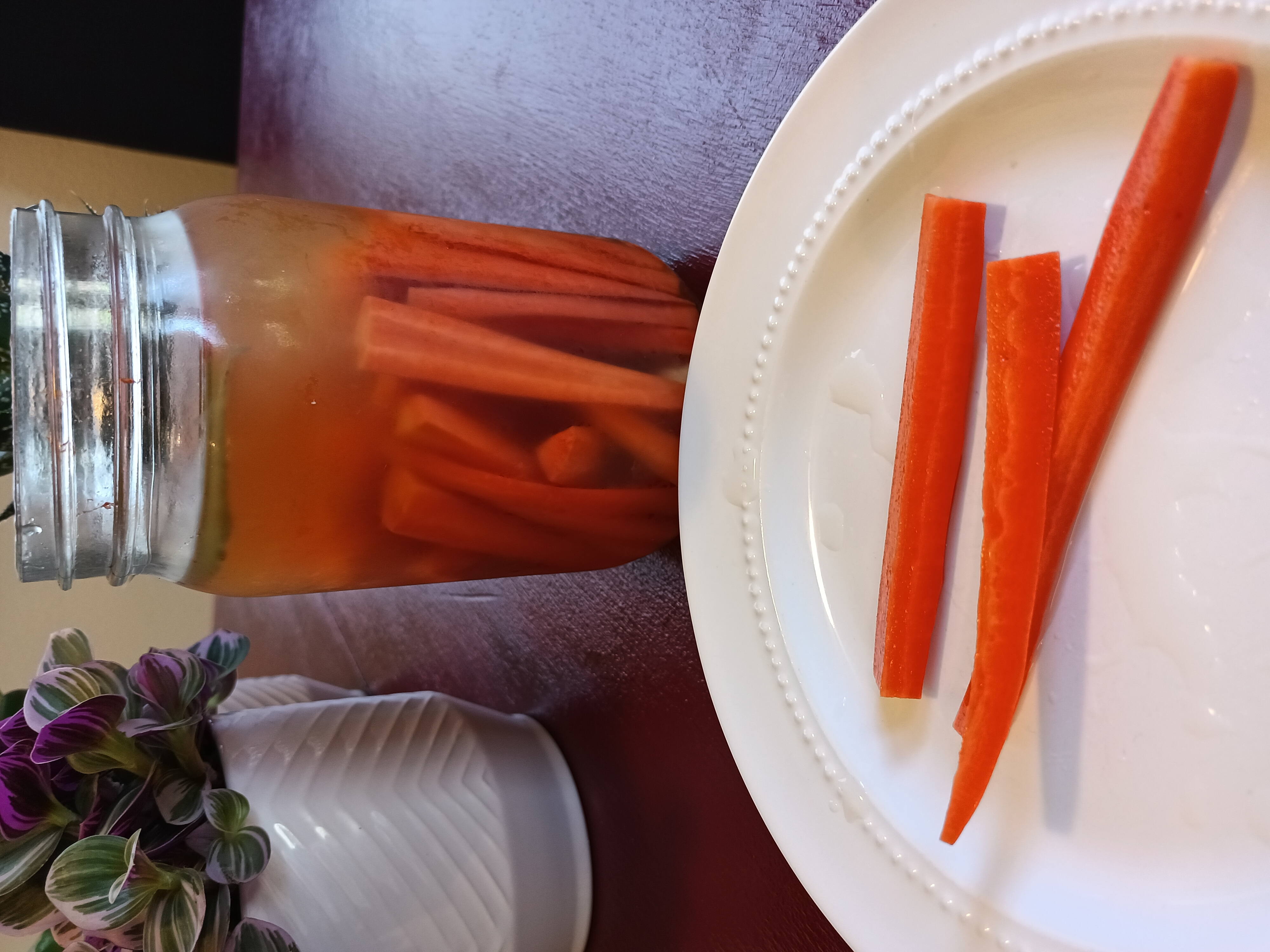
If you’ve made any neat pickled foods, leave a comment below and tell me about it. I’m always looking for new pickling ideas.
My Favorite Foods to Pickle
Everyone is familiar with pickled cucumbers, but I have a few secret weapons that I whip out whenever I’m trying to impress company, woo my wife, or just give myself a special treat. Over the last few years, these recipes have also been my most requested recipes from friends. It’s probably because pickling is so easy, affordable, healthy, and delicious.Matthew's Cebolla en Escabeche

Cebolla en escabeche is a traditional Latin American pickle made of red onion in white wine vinegar. Some people slice the onion thinly and enjoy it over tacos. In Chile, the cebolla en escabeche was simply an onion cut into quarters and pickled as a whole chunk. We ate these over Chilean pasta, chicken and rice, and in soups. Some people add bay leaf and peppercorn to their brine, but I prefer to keep it simple by only adding some sugar. This reduces the sharpness of the onion and renders it more floral. To me, this recipe is perfect for hot sandwiches, salads, and meat-heavy dishes.
Ingredients:1 medium red onion
white wine vinegar, enough to fill a 1-quart jar
2 tablespoons sugar
Directions:
Place the onion slices in a 1-quart jar.
Fill the jar with enough white wine vinegar to fully submerge the onion.
Stir in two tablespoons of sugar.
Screw a lid onto the jar and give the onions a good shakey shake.
Loosen the lid a little and let the onions sit for twenty minutes. By then, they'll be ready enough to eat.
After an hour or two, the pickle will be completely ready.
Recipe formatted with the Cook'n Recipe Software from DVO Enterprises.
Matthew's Garlicky Pickled Carrots
Pickled carrots act like a sponge for absorbing other flavors, so this recipe goes well with a collection of aromatics. I stick with classic flavors like peppercorn, bay leaf, and garlic. The first time I made this recipe, I used orange, purple, and white carrots. This was a mistake because carrots bleed colors when pickled, especially the orange ones. Everything in the jar took on an orange hue and ended up not looking as pretty as I'd hoped. Now I stick with one color at a time when pickline carrots, and I tend not to use white carrots at all because white diminishes into a ruddy, semi-translucent color when pickled.
Yield: 1 quart
5 large carrots
1-3 cloves garlic
5 whole peppercorns
1 bay leaf
1 tablespoon salt
white wine vinegar, enough to fill a 1-quart jar
Directions:
Cut the carrots into quarters lengthwise, then cut them short enough to fit standing up in a 1-quart jar.
Peel the garlic cloves.
Place the carrots, garlic, peppercorns and bay leaf into a 1-quart jar.
In a saucepan, heat the vinegar and salt over medium heat. You do not want the vinegar to get so hot it starts to boil; you just want to dissolve the salt and start getting some steam from the vinegar. This will accelerate the pickling process, and the heat will activate nutrient bioavailability in the carrots, which causes the colors to pop.
When the brine is ready, pour it into the jar over the carrots and aromatics.
Let it sit for an hour until it has cooled down, then refrigerate the jar overnight. Your pickled carrots will be ready the next morning.
Recipe formatted with the Cook'n Recipe Software from DVO Enterprises.
 Matthew Christensen
Matthew Christensen
Weekly Newsletter Contributor since 2023
Email the author! matthew@dvo.com
